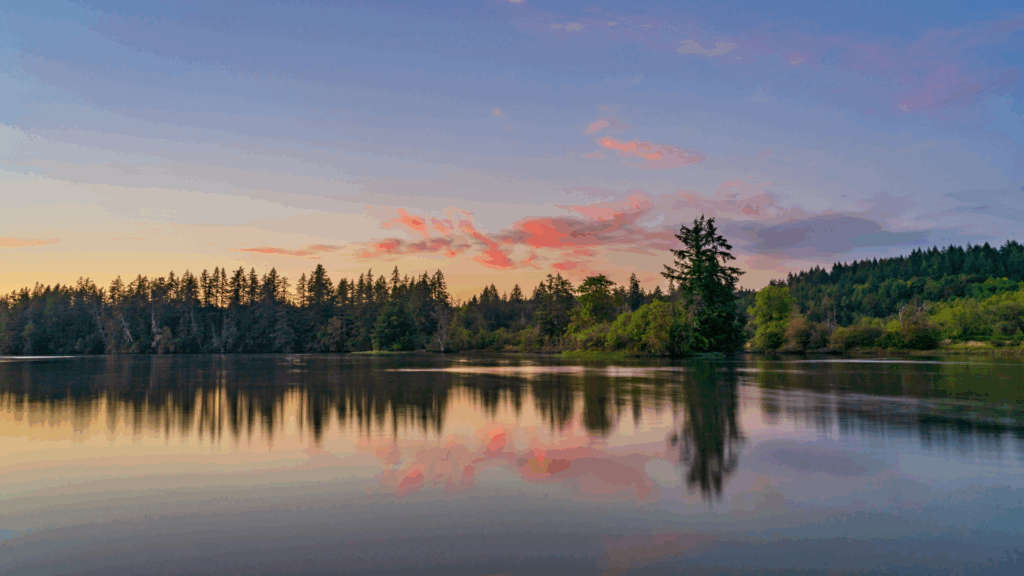Hidden Lakes Trail
For those seeking a delightful weekend backpacking adventure, the Hidden Lakes Trail offers an incredible hiking experience. The 15.8-mile loop is perfect for a two- or three-day escape with many camping opportunities along the way. If you attempt to complete the trip in a single hike expect a very long day. The trailhead begins at the Franklin Nature Trail and briefly follows it before veering off to embark on the longer loop.

With stunning views of several lakes, it’s clear how the Hidden Lakes Trail earned its name. You will enjoy spectacular sights overlooking Butternut and Franklin lakes, as well as the smaller lakes, Two Dutchman and Pat Shay. Along the way, you’ll encounter the headwaters of the Pine River, a state-designated wild and scenic river. All in all, this hike offers a truly immersive Northwoods encounter.
Additionally, keep an eye out for the remarkable stands of ancient hemlock trees spread throughout the trail. For about 3,000 years, hemlock was a predominant tree species, in much of north-central and northeastern Wisconsin. Perfectly adapted to the northern Wisconsin climate, hemlock seedlings and saplings exhibit remarkable shade tolerance, allowing them to thrive for centuries even in deep shade. When neighboring tall trees succumb to storms or age, the hemlock saplings take advantage of the opportunity to stretch toward the sunlight, potentially living for an extra 300 years as magnificent old-growth trees.
Unfortunately, when Europeans established settlements in northern Wisconsin, they frequently disregarded or, even worse, exploited this invaluable natural resource. During the lifetime of a lumberjack, from 1880 to 1940, the majestic old-growth forests of hemlock, and other species were systematically cut down. Additionally, enormous forest fires ravaged millions of acres, destroying most of the hemlock seedlings and saplings. For many years, efforts to restore the forested land were unsuccessful, but around 1950, fire control initiatives and forest conservation began the gradual journey toward reforestation.
Today, hemlock is considered a rare and uncommon tree, and it exists in less than 2% of its original range. Most of the attempts to regenerate hemlock trees have been unsuccessful as hemlock seedlings and saplings are vulnerable to the high populations of white-tailed deer, which browse on low-growing vegetation throughout the harsh winters.

